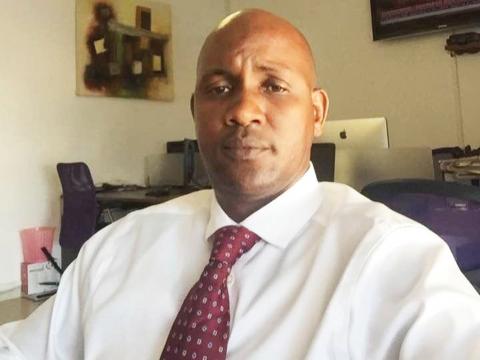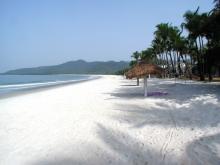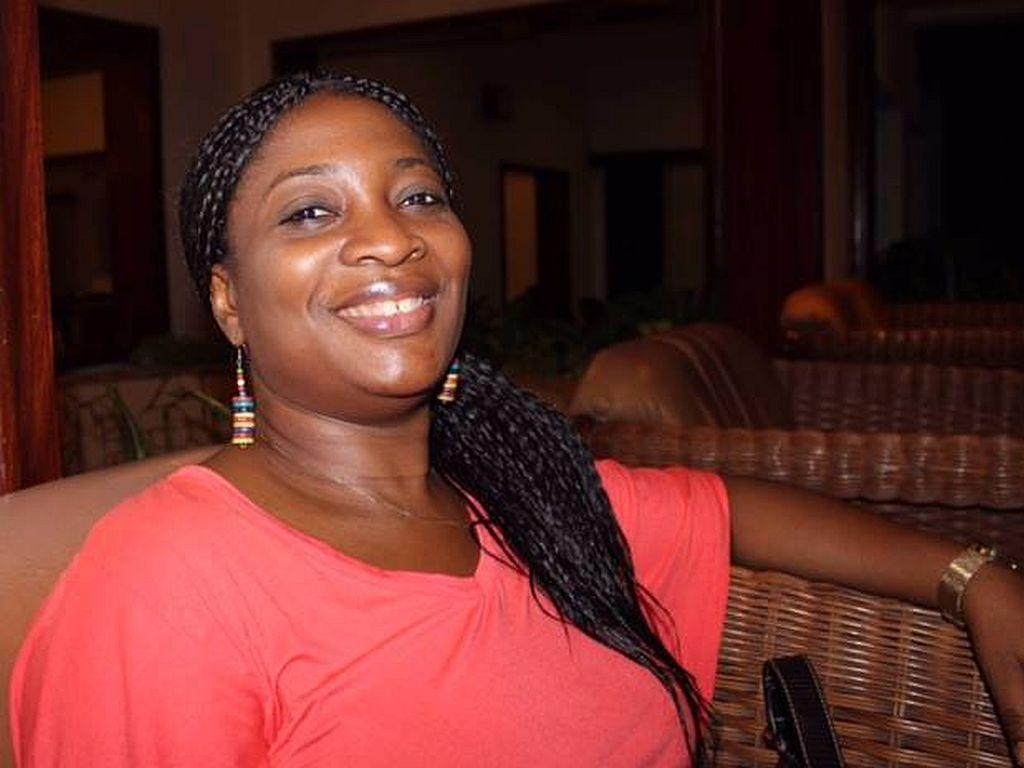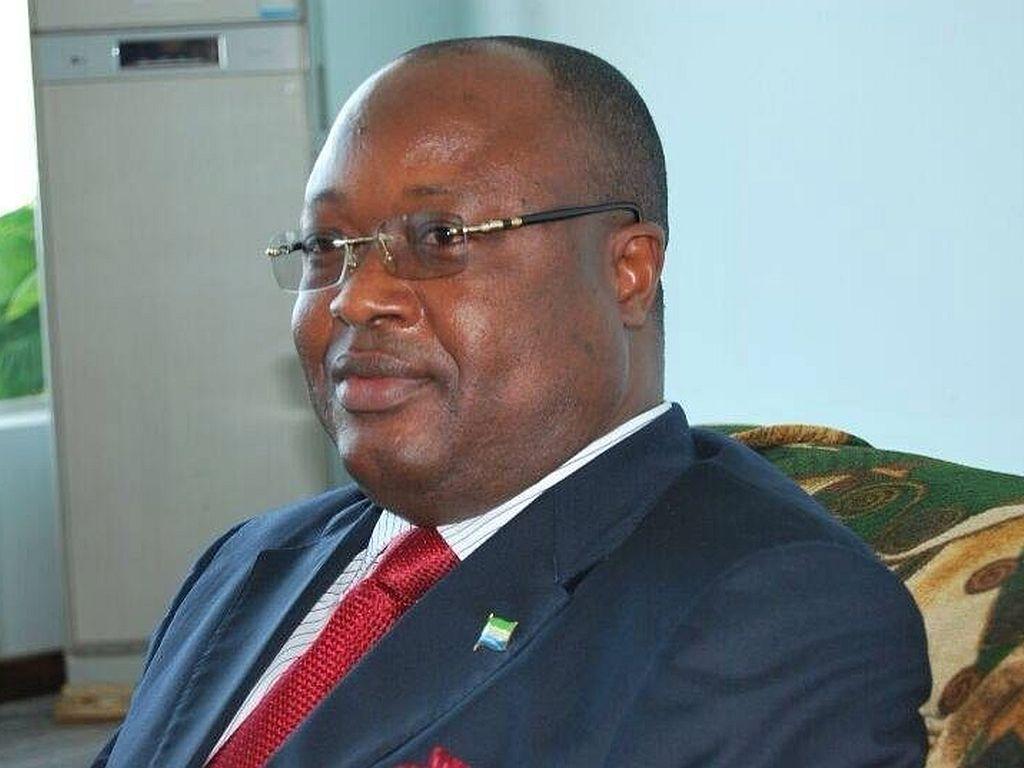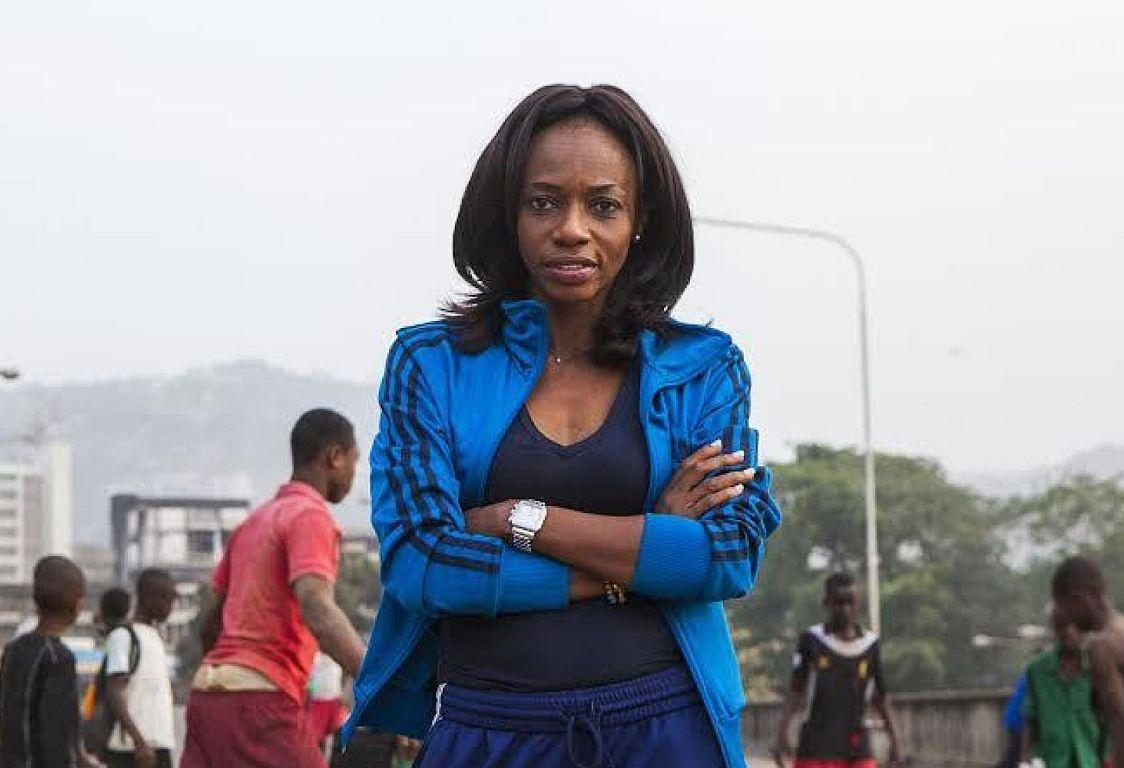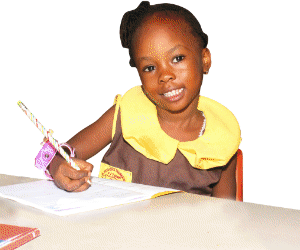By Abu Bakar Jalloh
Sierra Leone is no exception to contentions between science and politics over COVID-19, the global pandemic that has infected nearly 12 million people and claimed more than 542,000 lives across the world as of this week.
However, Sierra Leone, like many other African countries, is an exception to the exponential growth of coronavirus cases seen daily in countries such as the United States, United Kingdom, Brazil and Russia.
As at 5 July, Europe and North America had recorded 2,485,525 and 3,494,950 total positive cases of COVID-19 respectively. In comparison, Africa accounts for only 4.15 percent and 2.12 percent of the world’s total cases and total deaths of coronavirus respectively. Uganda, Eritrea, Seychelles, Lesotho and Namibia have so far recorded zero deaths. Moreover, at 2.38%, Africa has the lowest death rate of the disease compared to the rest of the world which has 4.68% fatality rate.
Many researchers are still struggling to explain the reason why COVID-19 spread has been very slow in Africa. Some experts argue that numbers are this low in Africa primarily because many countries on the continent, especially those still in denial of the existence of the disease, are not conducting enough tests for coronavirus.
Sierra Leone has conducted 12,986 tests for coronavirus, about only 0.19 percent of the population, since it recorded its first COVID-19 case on 31 March this year.
At the same time, many African governments suggest that, unlike countries in Europe and North America, their administrations are quick to respond to the global pandemic by introducing tough measures and closing their borders or locking down their economies.
President Julius Maada Bio’s administration had since banned all flights into and out of the country and deployed the military to help enforce the closure of its land borders with Guinea and Liberia in efforts to prevent the virus from spilling over to local communities.
By July 6, Sierra Leone had 1,542 total cases. Of that number 62 had died and 1,062 had recovered. Among the fifteen countries that make up the Economic Community of West African States (ECOWAS) bloc, Sierra Leone (4.04%) ranks fifth in highest death rate of COVID-19. The worst four countries in death rate are Liberia (4.26%), Mali (5.12%), Burkina Faso (5.37%) and Niger (6.25%).
On the other hand, Guinea (0.61%) and Ghana (0.61%) have the lowest death rates followed by Ivory Coast (0.69%), Cape Verde (1.13%), Guinea-Bissau (1.42%), Benin (1.75%), Senegal (1.77%), Togo (2.22%) and Gambia (3,51%).
“Fighting #COVID-19, we have had high recovery and discharge rates, lower infection rates three months on. This is because we have got lot of things right over those three months,” President Bio wrote on his twitter account on June 23, after three months since the outbreak in this 7 million residents of former British colony.
Politics
Amid the coronavirus outbreak, Sierra Leone activated its Emergency Operation Center (EOC) established during the 2014 Ebola outbreak that claimed over 4,000 lives. Almost all the more than 11,300 people who died during the 2014/15 outbreak in West Africa were recorded in Sierra Leone, Guinea and Liberia.
The name of the EOC has been changed to the National COVID-19 Emergency Response Center (NACOVERC). NACOVERC has several pillars instituted into various functions to enhance the coronavirus preparedness and response activities across the country.
In other words, response to COVID-19 has to be different from response to Ebola for many reasons. First, coronavirus is global pandemic not a West Africa health crisis. Secondly, scientists are still struggling to understand the asymptomatic nature of COVID-19, complicating response efforts. For example, someone sick and carrying the Ebola virus is far more likely to be identified, tested and isolated than an asymptomatic person carrying the coronavirus and unwittingly spreading it in their homes, workplaces, places of worship, schools or outdoors.
Moreover, politics is more at stake this time than in the Ebola era not only in Sierra Leone but all across the world. Many elected officials across the globe are scrambling to mitigate the damage caused by COVID-19 to various sectors including society and the economy as well as politics, feeling deep fear that the global pandemic might cost votes at the next elections – depending on their handling of it.
Some political commentators imply that the Ebola outbreak contributed greatly to the defeat of the All People’s Congress (APC) by the Sierra Leone People’s Party (SLPP) at the 2018 general elections. Therefore, the ruling SLPP party will have to make sure that the coronavirus outbreak does not cost them votes at the 2023 general elections, especially at a time when fake news and social media have gained momentum while creating their alternative narratives.
Although NACOVERC publishes daily total number of cases, deaths, recovered etc., some local researchers say that some citizens are worried that the data might not be based on science or facts and evidence. The skepticism always becomes severe whenever the authorities have to admit publicly that their results were inaccurate.
For example, the spokesman for NACOVERC, Mr. Solomon Jamiru, had to apologize publicly on April 29 because the fifth coronavirus death of a destitute woman his team had reported the previous day was inaccurate. “In our bid to be open, transparent and prompt in informing the public, we made that mistake which we deeply regret and assure the public will not be repeated,” Mr. Jamiru said in his apology statement. He added that the homeless woman who was admitted at one of the COVID-19 treatment centers in Freetown tested positive for the virus but in fact did not die.
Science
The contention between science and politics over COVID-19 is not only fierce in Sierra Leone but also across the African continent. For example, by May this year, Tanzania’s President, John Magufuli had questioned the increasing number of tests that turned out to be positive in an East African country that has just joined the club of Middle Income Countries (MIC), according to the World Bank’s 2019 GNI. Its National Laboratory has denied the President’s claims that it was sent papaya, goats, and sheep samples that tested positive. Unlike Sierra Leone, Tanzania, at that time had no official data on total number of tests, total positive cases, total deaths and total recovered.
On the other hand, Sierra Leone’s government has responded to the global pandemic differently by giving primary focus to educating the general public that Coronavirus is as real as Ebola was and that their assessment is based on science and technology.
However, science and technology was questioned on May 24 by many opposition political groups and observers when 100 cases were recorded in 24 hours, the highest number recorded in one day since March 31. Out of the hundred tested positive 67 were parts of 85 Sierra Leonean migrants repatriated from Kuwait over the coronavirus outbreak. The positive results came from 284 samples tested over the 24 hours.
The case of the returnees tested negative before they boarded the flight in Kuwait but tested positive on arrival reminded the general public of Magufuli’s concerns over honesty or science and technology.
On the same day total number of cases, total deaths and total recovered hit 721, 40 and 241 respectively. The percentages of total number of cases (52.97%), deaths (35.48%) and recovered (77.07%) have increased significantly since May 24, registering on average 16 new cases every 24 hours, according to NACOVERC.
Measures introduced to contain the COVID-19 such as social distancing, regular hand washing, the wearing of a face mask in public and isolating people infected thereby reducing their exposure to others will really have to appreciate how disease outbreaks work. The question many Sierra Leoneans are asking is: how bad could the Coronavirus get? Many researchers look for the answer to this question in a COVID-19 curve. A sharp bell curve means a rapid growth of the global pandemic. In other words, lots of people get sick within a very short time. On the other hand, a slower global pandemic has a flat curve; the rate of new cases is lower and is spread out over a longer period of time.
Where Sierra Leone finds itself on these two curves largely depends on the capacity of the country’s health system. For example, hospitals might have run out of beds or the coronavirus outbreak might have gotten as bad as it could if the country recorded, let’s say, on average 100 cases every 24 hours.
In the middle of these two COVID-19 curves lies the reflection point or the point where the average growth factor ratio is equal to one. The average growth factor ratio is calculated by dividing the sum of new cases in one day, divided by new cases the previous day by number of days.
The average ratio is a reliable indicator to predict trends of global pandemics. An average growth factor ratio >1 and <1 suggests that the trend of infection is moving towards the bell curve and flat curve respective or Sierra Leone is in an exponential part and sub-exponential part of the curve respectively.
By July 5, 2020, Sierra Leone had recorded an average growth factor ratio of 1.44, implying that there might be an order of magnitude of growth in number of coronavirus cases still lying ahead.
In a worst-case scenario, the ratio suggests that the whole population (7,000,000) in Sierra Leone could get infected by the disease in 23 days or the outbreak will hit its peak on 28 July, 2020.
However, a sharp decrease in the number of people infected is exposed to each day and the probability of each exposure becoming an infection might prevent such a scenario. Finally, this assessment or data is as accurate as science rather than politics.
Abu Bakarr Jalloh is the Chief Executive Officer (CEO) at Sanusi Research & Consulting
Copyright © 2020 Politico Online


